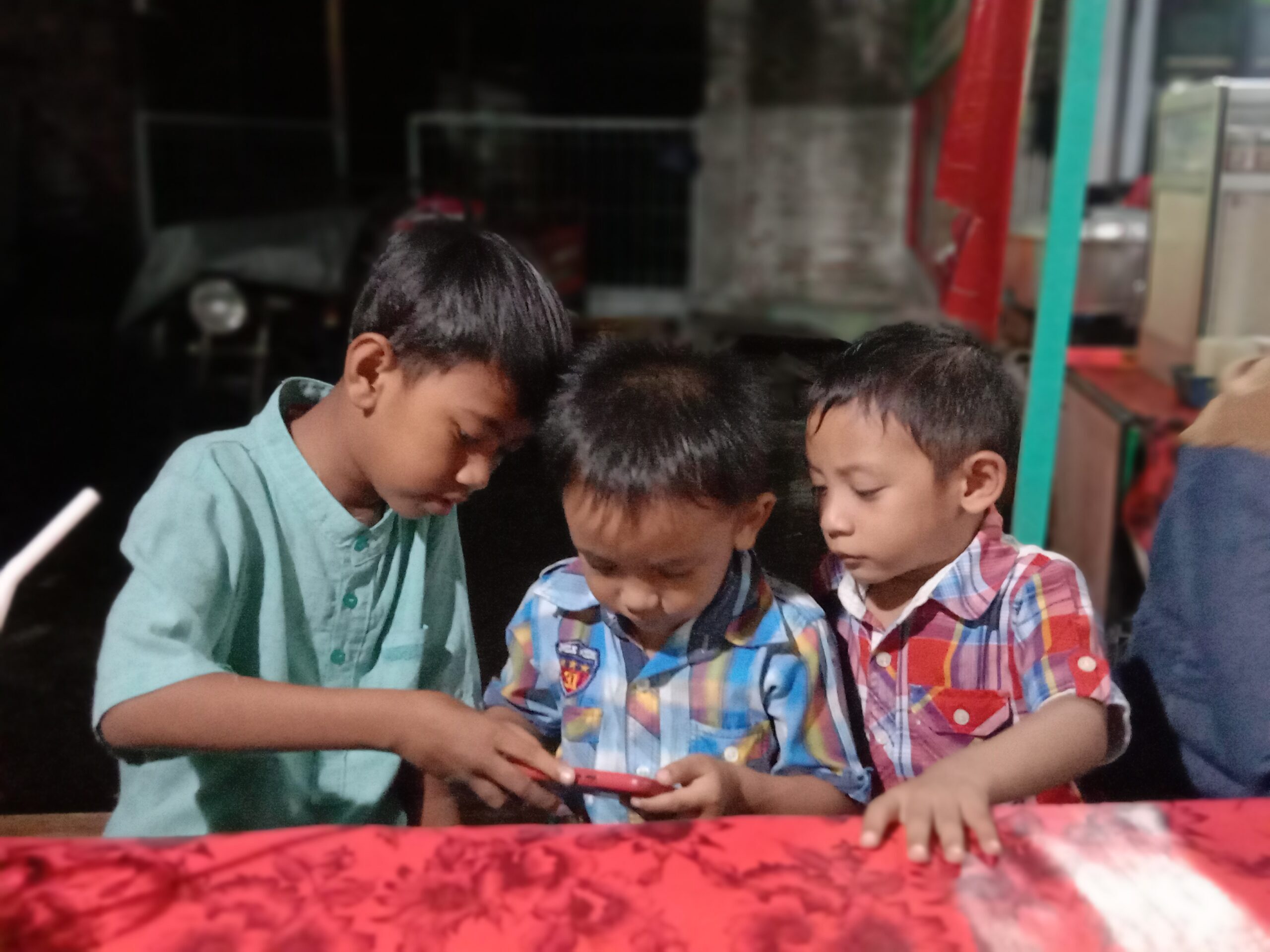For a version of this RFP in Spanish, click here.
For a version of this RFP in Portuguese, click here.
For a version of this RFP in Bahasa Indonesia, click here.
Tropical rainforests cover about two percent of Earth’s total surface area, but they provide habitat for half of terrestrial plants and animals on earth. Millions of indigenous peoples who call these rainforests home — as they have for millennia — have proven to be the best guardians of these forests, but other human influences have never been a more imminent threat. Today is a time of great challenge and great opportunity in the rainforests of the Amazon River basin, the Congo River basin, and the Indonesian and Malaysian archipelagos.
We need journalists, photographers, filmmakers, cartographers, data visualizers, and socially-connected storytellers who can show us what we might lose if these biomes are not protected and highlight potential solutions that have the power to create real, sustainable improvements.
Please note: We have postponed the original deadline for this opportunity in response to global disruptions from the coronavirus disease (COVID-19). October 21, 2020, is the next deadline to submit a proposal for this funding opportunity.
DETAILS
Resource demands that include mining, agriculture, and hydropower have combined with illegal logging and incursions into protected areas to create intense ecological pressures on tropical rainforests. This increasing peril has already manifested in measurable ways. For example, the dry season is now longer in some parts of the Amazon, and more drought-tolerant tree species are starting to appear. Continued loss of tree coverage in any tropical forest can alter water cycles in ways that could lead to further degradation. However, there is hope that global recognition of these problems and discovery of locally grounded solutions can halt or reverse them.
National Geographic is interested in supporting storytelling projects that highlight ecosystem-scale stories and solutions-oriented attempts to mitigate or reverse human impacts.
Examples of potential story angles:
- Connected impacts in cities and farming communities
We know about threats such as deforestation, but what stories haven’t been told? What’s happening with more subtle interactions such as the introduction of urban pollution or the decreases in insect biomass? Where do sources of resilience exist? - Indigenous peoples and traditional community voices
Millions of people live, work and play in the Amazon, the Congo, and the tropical forests of southeast Asia. What are sustainable solutions that account for both the ecosystems and the people who depend on them? How can a mix of technology and tradition foster guardianship within indigenous and traditional communities? - Solutions and resilience
How are communities, individuals, and/or wildlife in these regions adapting to the changing climate? Are there innovative ways to reveal how recent climate changes affect local communities, ecosystems and biodiversity?
Journalists and storytellers (photo, film, text, maps, data visualization) are allowed to apply, as are social media influencers and content creators looking to highlight traditional and indigenous knowledge on their channels and indigenous youth aiming to expand their storytelling on YouTube and Instagram. Priority for this RFP will be given to projects led by journalists and storytellers from countries within the relevant regions (Amazon River basin, Congo River basin, and rainforests in southeast Asia). Projects that benefit local communities or incorporate local voices are also strongly encouraged, as are local-language outputs.
If you are applying as a vlogger, please submit a short video (two minutes or less) of yourself describing the following:
- A brief description of your project
- Why you’re excited about this project
- What you hope to accomplish with this project
You can use your laptop or cell phone camera to film yourself in front of a plain (not distracting) background in a quiet location. You may submit a video in a non-English language. However, if you choose to do so, you must either subtitle in English or submit a transcript of your video in English.
Proposals will be funded from the local equivalent of $5,000 to $70,000 USD with clear justification necessary for budget requests. Budgets of successful proposals will include reasonable, well-justified costs directly required to complete the project. Please see the Preparing Your Proposal page for budgetary guidance. Successful applicants may use awarded funds over the course of one year. All applications should explicitly state the plan for evaluating the impact of the proposed work. Applicants may use a portion of the budget for HEFAT or other security training, if applicable.
When applying for this RFP, please select The Human Journey in the Lens dropdown menu on the Project Description tab of the application.
READY TO APPLY?
Start your online application in the Grants Portal.

